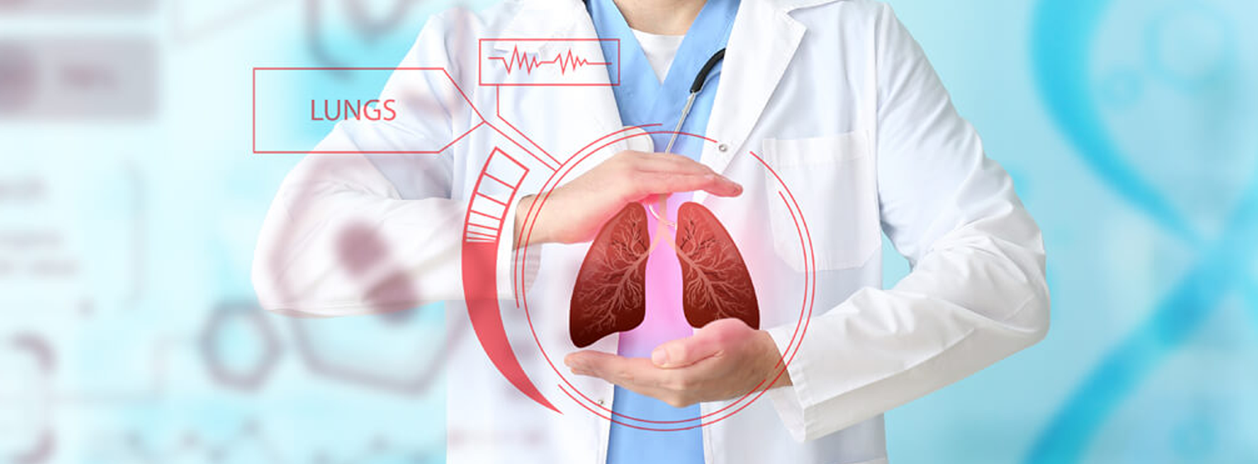A bronchoscopy is a medical test that lets doctors look into your lungs and airways. The procedure uses a thin tube with a small camera and light at the end. The doctor inserts it through your nose or mouth, down your throat, and into your lungs.
Most of the time, the tube is soft and flexible. The doctor might use a stiff tube if there’s bleeding in your lungs or an object in your airway.

Doctors use bronchoscopy to find the cause of a lung problem. You might get it if you have:
A bronchoscopy is done in a clinic or hospital setting. You’ll be in an exam room or operating room, and you’ll lie down on a table or bed. After that:
A nurse or technician will connect you to sensors to track your blood pressure, heart rate, and oxygen levels. They’ll spray your mouth with numbing medicine, and they may spray or put numbing gel in your nose, too. It won’t taste good, but the flavor will go away.
They may give you medicine to make you sleepy through an IV, or a tube that goes into a vein. The IV will stay in place during the process in case you need more. You’ll be awake and able to answer questions, though you’ll feel sleepy and relaxed. Or, you might get medicine that puts you completely to sleep. This is called general anesthesia.
Once you’re comfortable, the doctor will insert the bronchoscope into your mouth or nose, down through your vocal cords, and into your lungs. You may cough. It may be uncomfortable as the bronchoscope goes in, but it shouldn’t hurt.
The camera sends pictures to a screen to help the doctor navigate during the procedure. If necessary, the doctor will use the bronchoscope to gather tissue or fluid samples. The procedure usually takes 30-45 minutes. Including prep and recovery time, it can take 4 hours. In rare cases where you’re asleep for a bronchoscopy, it can take an hour or more.
Because of the anesthesia, you may not remember much afterward.
In the next few days, you may have a sore throat or hoarseness. Cough drops can help. Call your doctor if you have: